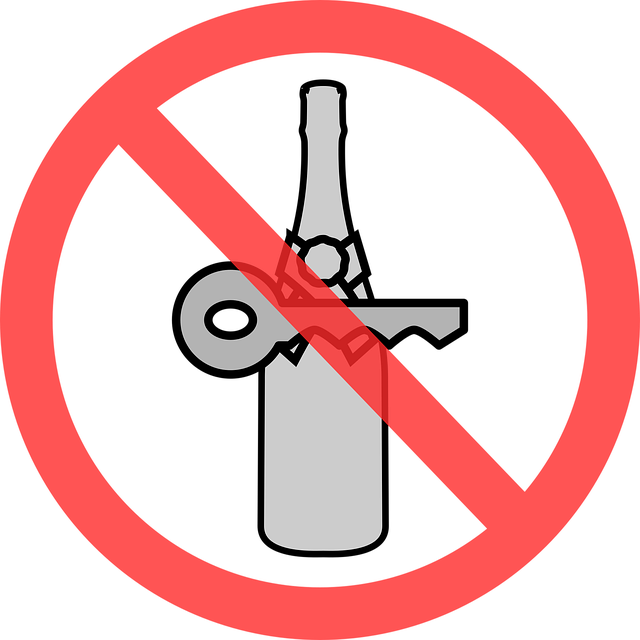The rise of autonomous vehicles and advanced driver-assistance systems (ADAS) has led to innovative tech solutions for impaired driving, leveraging sensors, cameras, and AI algorithms to detect impairment in real time. These technologies, such as automatic emergency braking and adaptive cruise control, reduce accident risk by actively assisting drivers. Future advancements will bring more sophisticated Tech Solutions for Impaired Driving, crucial for future-proofing transportation laws and enhancing road safety in today's digital age.
“In an era driven by technological advancement, ensuring road safety remains a paramount concern. This article explores how Tech Solutions for Impaired Driving are revolutionizing transportation laws. We delve into the comprehensive overview of cutting-edge technologies aimed at curbing impaired driving, while also examining strategies to future-proof legal frameworks. By embracing innovative approaches, we can adapt regulations to keep pace with evolving tech, ultimately fostering a safer and more responsible driving environment.”
- Tech Solutions for Impaired Driving: A Comprehensive Overview
- Future-Proofing Transportation Laws with Innovative Technology
Tech Solutions for Impaired Driving: A Comprehensive Overview

The rise of autonomous vehicles and advanced driver-assistance systems (ADAS) has paved the way for innovative tech solutions to combat impaired driving. These technologies aim to enhance road safety by preventing accidents caused by drunk or distracted operators. One prominent approach involves the integration of sophisticated sensors, cameras, and AI algorithms that can detect and analyze a driver’s behavior in real time. For instance, these systems can identify signs of impairment through eye tracking, steering patterns, and response times, enabling them to alert nearby vehicles or authorities if an unsafe situation is detected.
Moreover, tech solutions for impaired driving extend beyond detection. They include innovative features like automatic emergency braking, lane departure warnings, and adaptive cruise control that actively assist drivers in maintaining safe distances and keeping on course. These measures not only reduce the risk of accidents but also mitigate potential injuries by providing extra support to impaired individuals who may still be able to operate a vehicle to some extent. As technology continues to evolve, we can expect even more sophisticated solutions that further future-proof road safety and protect everyone sharing the roads.
Future-Proofing Transportation Laws with Innovative Technology

In today’s rapidly evolving technological landscape, future-proofing transportation laws is paramount to ensuring safety and addressing emerging challenges like impaired driving. Innovative tech solutions are revolutionizing how we approach these regulations, aiming to stay ahead of the curve. For instance, advanced driver-assistance systems (ADAS) equipped with sensors and AI can detect and alert drivers about potential hazards, including impaired or distracted driving, enabling proactive measures to prevent accidents.
These technologies include state-of-the-art breathalyzer devices integrated into vehicles that can detect blood alcohol levels, as well as predictive analytics models leveraging data from connected cars and wearables to identify patterns indicative of impairment. By harnessing these tech solutions for impaired driving, law enforcement agencies can enhance their capabilities, while lawmakers can adapt regulations to incorporate new safety features, ultimately fostering a more secure transportation network.
As we look to the future of transportation, it’s clear that technology plays a pivotal role in ensuring safer roads. By leveraging innovative tech solutions for impaired driving and incorporating them into existing laws, we can effectively future-proof our transportation systems. These advancements not only enhance road safety but also promote a more responsible and technologically-driven approach to mobility, ultimately benefiting society as a whole.






